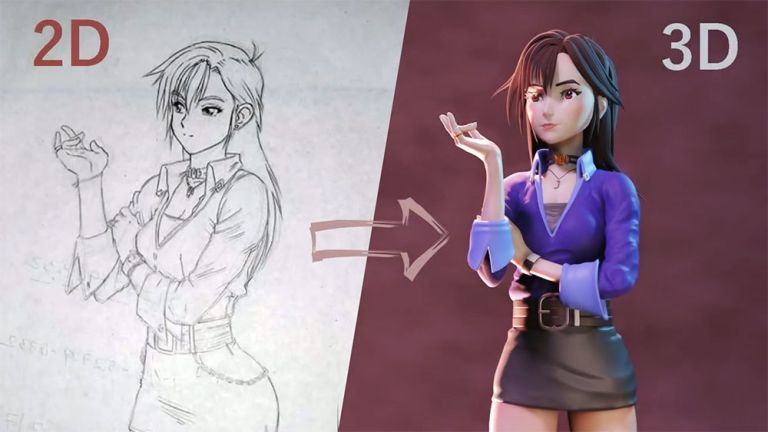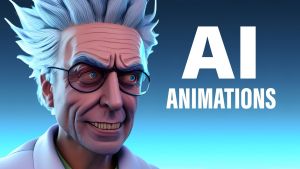In the world of animation, characters serve as the heart and soul of storytelling. From beloved classics to modern blockbusters, memorable characters captivate audiences and leave a lasting impression long after the credits roll. Behind every iconic character lies a meticulously crafted design that not only brings them to life but also communicates their personality, emotions, and journey. In this blog post, we’ll delve into the enchanting realm of character design and uncover its pivotal role in animation.
Visual Identity and Personality: Character design is the first impression viewers have of a character, setting the stage for their journey and personality. Every aspect of a character’s appearance, from their silhouette and facial features to their clothing and accessories, contributes to their visual identity. Whether it’s the whimsical charm of a Disney princess or the rugged demeanor of a Pixar hero, character designers carefully sculpt each detail to reflect the character’s traits and story arc.
Emotional Connection: Great character design goes beyond aesthetics; it establishes a deep emotional connection between the audience and the characters on screen. By infusing characters with relatable qualities, quirks, and vulnerabilities, designers create protagonists that resonate with viewers on a personal level. Whether it’s the endearing clumsiness of a clumsy sidekick or the steely resolve of a determined hero, well-crafted characters evoke empathy, laughter, and tears, drawing audiences into their world.
Expressive Animation: Character design directly influences the animation process, dictating how characters move, emote, and interact with their environment. A character’s anatomy, proportions, and range of motion determine their physical capabilities and expressive potential. Animators leverage these design elements to convey emotions, convey personality traits, and enhance storytelling through nuanced gestures, facial expressions, and body language. From subtle microexpressions to dynamic action sequences, character design provides the blueprint for bringing characters to life on screen.
Iconic Silhouettes and Visual Storytelling: Silhouette design is a fundamental aspect of character design, enabling instant recognition and visual storytelling. Iconic characters are often defined by their distinct silhouettes, which are instantly recognizable even in silhouette form. Whether it’s the recognizable outline of Mickey Mouse’s ears or the imposing silhouette of Darth Vader’s helmet, memorable characters are designed to stand out and leave a lasting impression. Silhouette design also plays a crucial role in visual storytelling, allowing animators to convey character traits, relationships, and narrative themes at a glance.
Cultural Influence and Diversity: In today’s diverse and inclusive landscape, character design plays a vital role in representing a wide range of cultures, backgrounds, and perspectives. Designers draw inspiration from diverse sources, including folklore, mythology, history, and contemporary culture, to create characters that reflect the richness and diversity of the world we live in. By embracing cultural authenticity and sensitivity, character designers contribute to meaningful representation and empower audiences to see themselves reflected in the characters they love.
In conclusion, character design is a cornerstone of animation, shaping the visual and emotional landscape of storytelling. From crafting iconic visual identities to conveying complex emotions and cultural nuances, character designers play a pivotal role in bringing characters to life on screen. As audiences continue to be enchanted by the magic of animation, the artistry and creativity of character design will continue to captivate and inspire generations to come.





